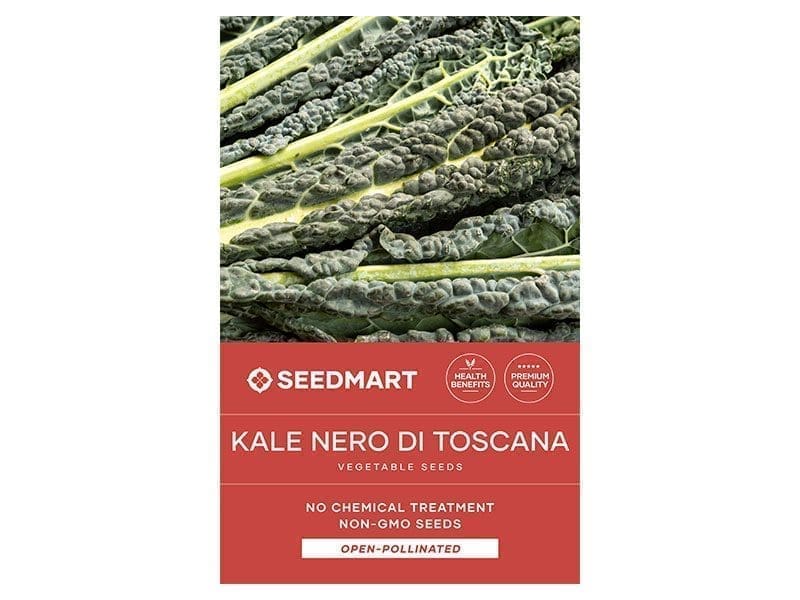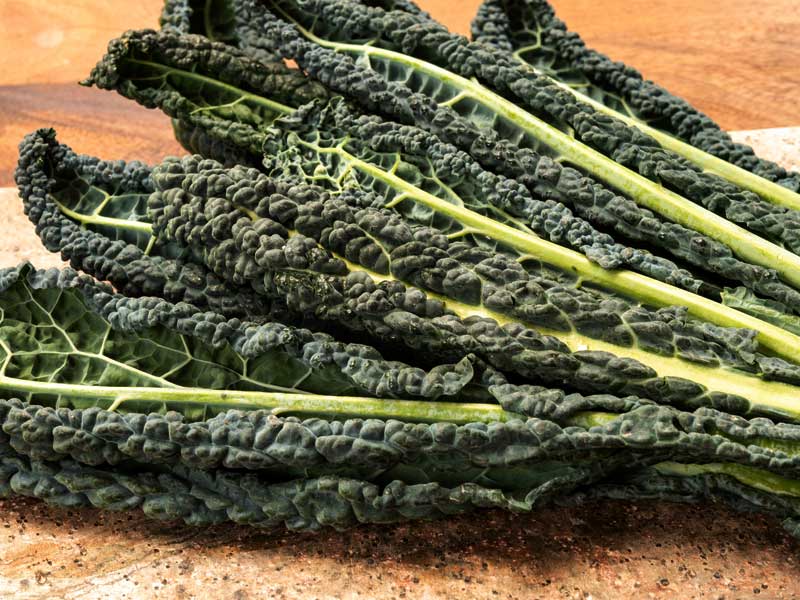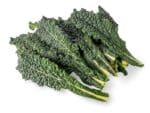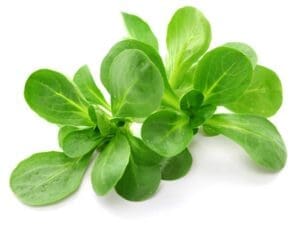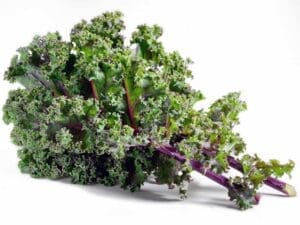KALE ‘Nero Toscana’ Vegetable Seeds
Botanical Name: Brassica oleracea var. acephala sabellica
- Also known as Tuscan or Dinosaur Kale, with long, dark green, deeply savoyed leaves.
- Rich in nutrients and flavour, ideal for sautéing, steaming, soups, salads, and smoothies.
- Highly frost-tolerant and thrives in cooler weather, making it an excellent winter crop.
- Productive and easy to grow, harvestable as baby leaves or mature foliage.
- Perfect for garden beds, raised beds, pots, or containers.
- Frost improves flavour and tenderness.
Plant Details
- Plant Type: Biennial leafy green (grown as an annual)
- Plant Height: 60–90 cm
Sowing Information
- Germination: 7–14 days
- Depth: 1 cm deep
- Position: Full sun to partial shade
- Sow Where: Directly into garden beds or pots
- Soil Type: Well-drained, fertile soil with pH 6.0–7.5; keep consistently moist without waterlogging
- Spacing: 30–40 cm between plants, rows 40–50 cm apart
Growing Tips
- Thrives in cool weather and tolerates frost, which enhances flavour.
- Water regularly to maintain steady growth.
- Harvest outer leaves as needed to encourage continuous production.
- Remove older leaves to keep plants vigorous.
Harvest
30–40 days for baby leaves; 60–70 days for full-size leaves. Pick continuously for the best quality and yield.
When to Sow Kale in Your Climate
| Climate Zone | Best Planting Time | Tips |
|---|---|---|
| Temperate | March–May, August–October | Sow in cooler months. Frost will enhance flavour and texture. |
| Subtropical | April–August | Grow in autumn and winter. Water regularly in dry periods. |
| Tropical | April–July | Plant during the coolest part of the year. Provide some afternoon shade if needed. |
| Cool | January–April | Sow early in the season. Protect seedlings from severe frost. |
| Arid | March–August | Sow in cooler months. Mulch heavily and water frequently. |


